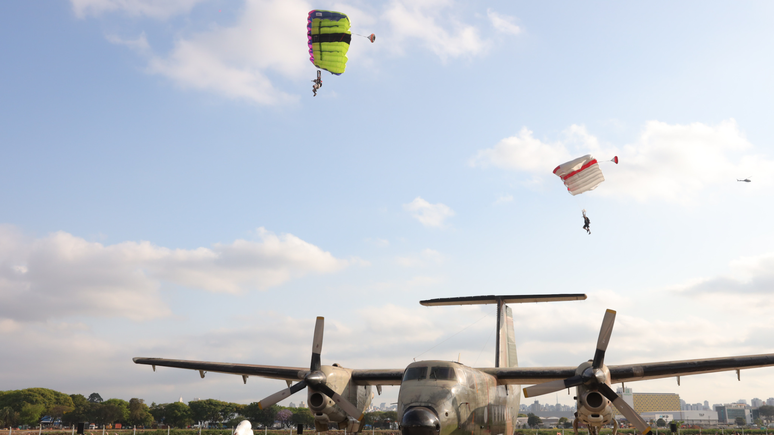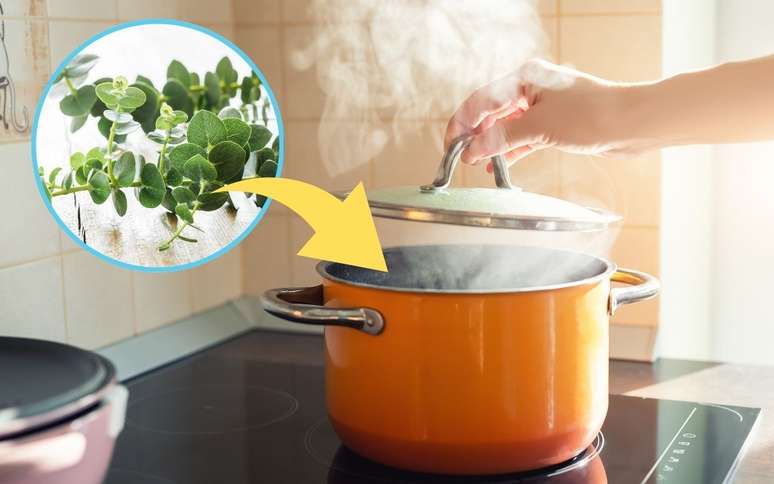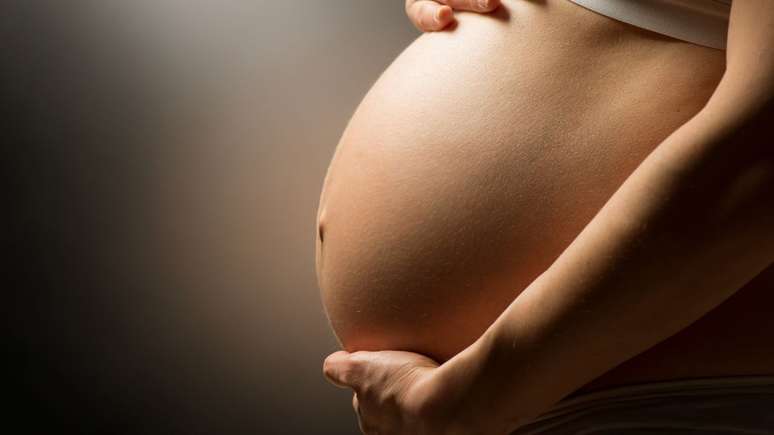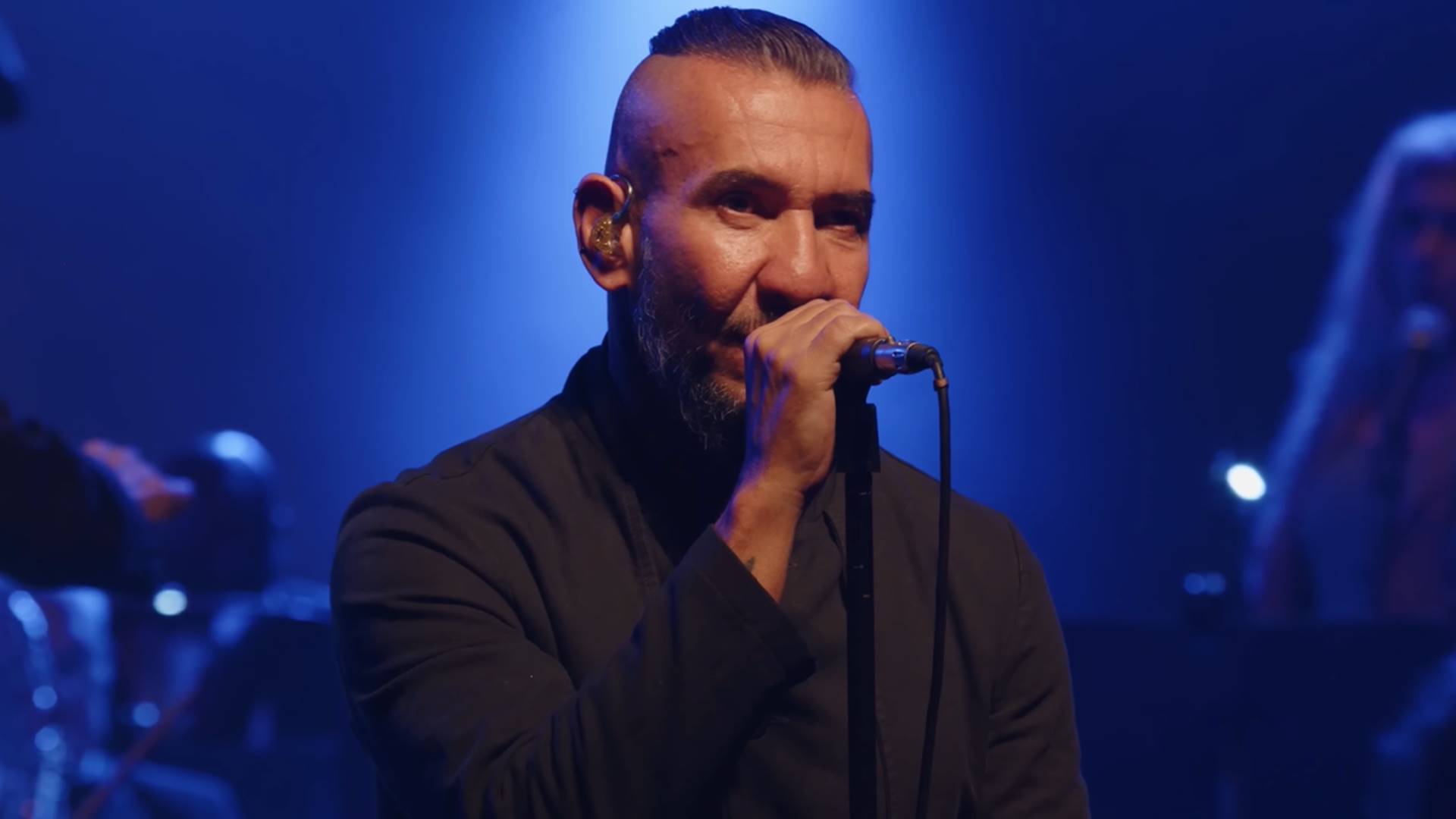The pediatrician explains how certain attitudes can help prevent little ones from getting hurt
According to the Ministry of Health, domestic accidents involving children and adolescents grew 112% during the COVID-19 pandemic. This type of event has always been a problem according to the Brazilian Society of Pediatrics (SBP), which shows that domestic accidents are among the leading causes of death for children in the country.
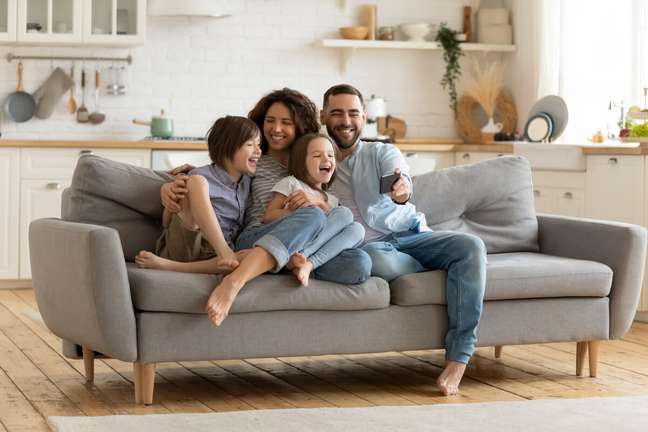
Faced with this scenario, the question “is my home safe?” it should be done by parents on a routine basis, especially since minor routine adjustments, such as the adoption of locks and guards, are important prevention strategies.
Some accidents can be avoided
It only takes a few seconds to a child fall, cut, burn or put something in your mouth that puts your life at risk. The matter is urgent, especially since most situations could be avoided. According to Aline Motta de Menezes, a pediatric doctor who specializes in pediatric intensive care, over 90% of accidents are preventable.
For this reason, according to the professional, in pediatrics the term “accident” is not used, but “accidental injuries”, many of which are considered serious or can lead to death. Find out below the main topics for families who want to ensure a safer home for their children.
1. Prepare for safety concerns before a baby arrives
Not only items such as diapers, baby bottles and bedroom furniture should be on the preparation list for arrival of the baby. According to Aline Motta de Menezes, it is essential to think about safety issues from the moment the family has decided to have a baby.
“I like to reinforce this because there is no right age for accidents to start. The point is that they change according to the age group and development of the child as they acquire motor and intellectual skills,” he comments. Therefore, in the first months of life, the baby will take risks if he does not have spaces designed for him.
2. Check each environment individually
According to the professional, considering the incidence in families, the most dangerous places can be classified in the following order: kitchen, bathroom, hallway, stairs, bedroom, living room. The control of the rooms must be done separately, as each has its own particularity (fire in the kitchen, cables in the office, toilet in the bathroom, etc.).
In addition, the pediatrician draws attention to the culture of control. “In addition to leaving the house prepared, it is important to create the habit of checking that everything is in order. More important than knowing how to give first aid to the child, is to prevent accidents from happening,” explains the professional.
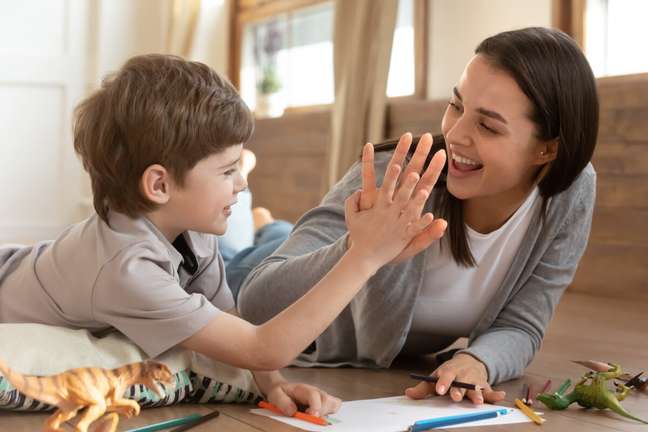
3. Pass on safety notions to the child
Not only adults should learn about prevention, but children as well. Accidents can happen in seconds, so pass the knowledge on right away the children is critical. “The notion of security is something cultural. We know that in the most developed countries this culture begins in schools and of course in homes”, comments Aline Motta de Menezes.
According to the pediatrician, recent studies show that parents’ attitudes are reflected in safer attitudes towards their children, automatically affecting these accidents or unintentional injuries (which is the more appropriate term). “An example are parents who wear seat belts and tend to remember more easily how to properly use car seats or seat belts for their children. So, it is interesting to relate this culture that comes from parents and needs to be explored by a at an early age, “says the professional.
4. Keep the house organized
According to the pediatrician, an organized and predictable environment favors the creation of daily cycles and a safer routine. The consequence is that, little by little, a routine becomes calmer for the growth of the child. “In order to develop, children need to feel safe and this happens through organized places that offer predictability. That way, they can gradually identify where their toys are and know their stuff will be there the next day. Of course, yes. she feels calm about starting a new sleep cycle, among other habits that are establishing themselves, “she comments.
Aline Motta de Menezes points out that this is also linked to the affection that children attribute to the people and things that are part of their surroundings. This notion that everything is safe and minimally organized will always be interesting for its full development.
5. Invest in accessories that are synonymous with peace of mind and protection
To make the home a safer place, in addition to creating a safety culture, betting on accessories such as locks and protections are very practical and effective strategies. Especially when the little ones start walking, exploring the house, opening doors and pulling objects.
By Angelica Pereira
+The best content in your email for free. Choose your favorite Earth Newsletter. Click here!
Source: Terra
Benjamin Smith is a fashion journalist and author at Gossipify, known for his coverage of the latest fashion trends and industry insights. He writes about clothing, shoes, accessories, and runway shows, providing in-depth analysis and unique perspectives. He’s respected for his ability to spot emerging designers and trends, and for providing practical fashion advice to readers.

